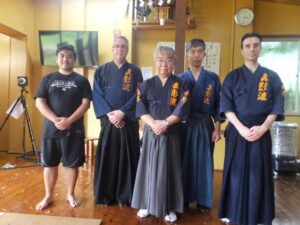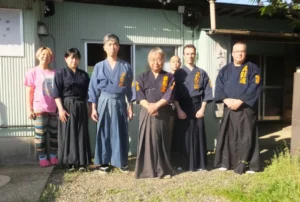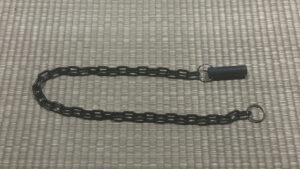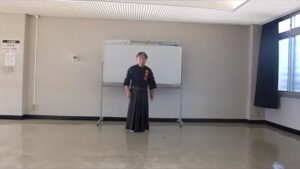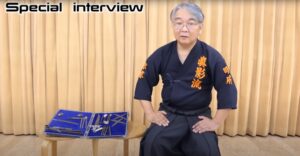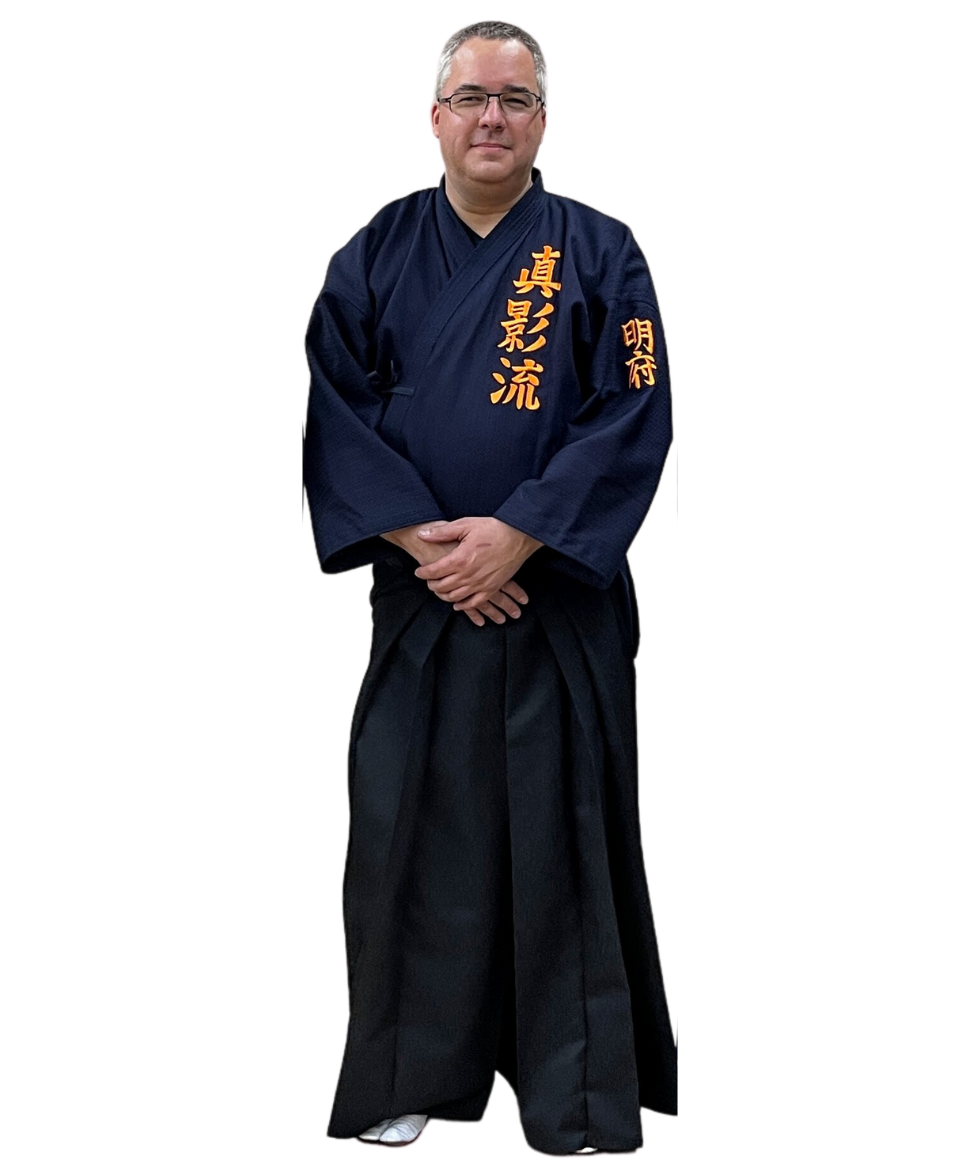The Evolution of Chain Weapons in Japanese Martial Arts: A Journey from Manrikigusari to Fundo Kusari
The world of martial arts is a vast and diverse landscape, filled with a myriad of techniques and weapons. Among these, the use of chain weapons holds a unique place, particularly in Japanese martial arts. This blog post will delve into the evolution of one such weapon, tracing its journey from the Manrikigusari of Masaki-ryu to the Fundo Kusari of Meifu Shinkage Ryu.
The Manrikigusari in Masaki-ryu
The Manrikigusari, a traditional Japanese weapon, is a short chain ranging from 30 cm to 120 cm in length. Its versatility and effectiveness in self-defence and combat situations have made it a staple in the Masaki-ryu school of martial arts. The Masaki-ryu lineage traces back to Masaki Tarodayu Toshimitsu, a martial arts instructor to the Toda clan during the Edo period. He developed a version of the kusari-fundo, another name for the Manrikigusari, as a bloodless weapon for defending the grounds of Edo Castle. This school emphasizes the training of various classical Japanese martial arts, including the Manrikigusari, and is one of the few remaining systems dedicated to the practice of this weapon.
In Masaki-ryu, practitioners learn to use the Manrikigusari not only as a weapon but also as a tool for defence and control in combat scenarios. The training involves various techniques that allow the user to effectively wield the chain against opponents, showcasing its adaptability and strategic use.
The Manrikigusari in Other Ryuha
The Manrikigusari is not exclusive to Masaki-ryu. Other ryuha, or martial art schools, also include this versatile weapon in their curriculum. One such school is Shinto Muso Ryu.
Shinto Muso Ryu, a koryu bujutsu school, is primarily known for its mastery of the jo, a short staff. However, the curriculum also includes the use of several other weapons, one of which is the Manrikigusari. The techniques taught in Shinto Muso Ryu emphasize the weapon's versatility, showcasing its use in both offensive and defensive scenarios.
The Fundo Kusari in Meifu Shinkage Ryu
The Fundo Kusari, also known as the Kusari Fundo or Manriki Gusari, is a significant weapon taught in the Meifu Shinkage Ryu martial arts system. This weapon consists of a chain with a weight at one end and a loop or ring at the other, designed to be worn on the little finger of the right hand. This unique design helps prevent slipping during use, allowing for better control and effectiveness in combat situations.
In Meifu Shinkage Ryu, the Fundo Kusari is the second major weapon taught after the Bo-shuriken. The training involves various techniques that emphasize both offensive and defensive maneuvers using the weighted chain. To ensure a safe learning environment, beginners commonly use a safety version made from plastic and soft materials.
Fundo Kusari requires a high level of skill, as it combines elements of striking and entangling techniques. The weapon's design allows for versatile applications, making it a valuable tool in the practitioner's arsenal. Notably, Meifu Shinkage Ryu has 27 Fundo Kusari kata and 3 secret techniques, further demonstrating the depth and complexity of this martial art.
The Connection
The Meifu Shinkage Ryu school was founded in the 1970s by Chikatoshi Someya, who was influenced by traditional Japanese martial arts. Incorporating the Fundo Kusari reflects the historical use of chains in combat, dating back to ancient times. The techniques taught in this school are distinct from other styles, focusing on the unique attributes of the Fundo Kusari.
In conclusion, the Fundo Kusari and the Manrikigusari, while distinct in their design and use, share a common lineage in the world of Japanese martial arts. Their continued practice today highlights the importance of preserving traditional martial arts and their techniques, while also adapting to the changing needs of modern combat scenarios.

